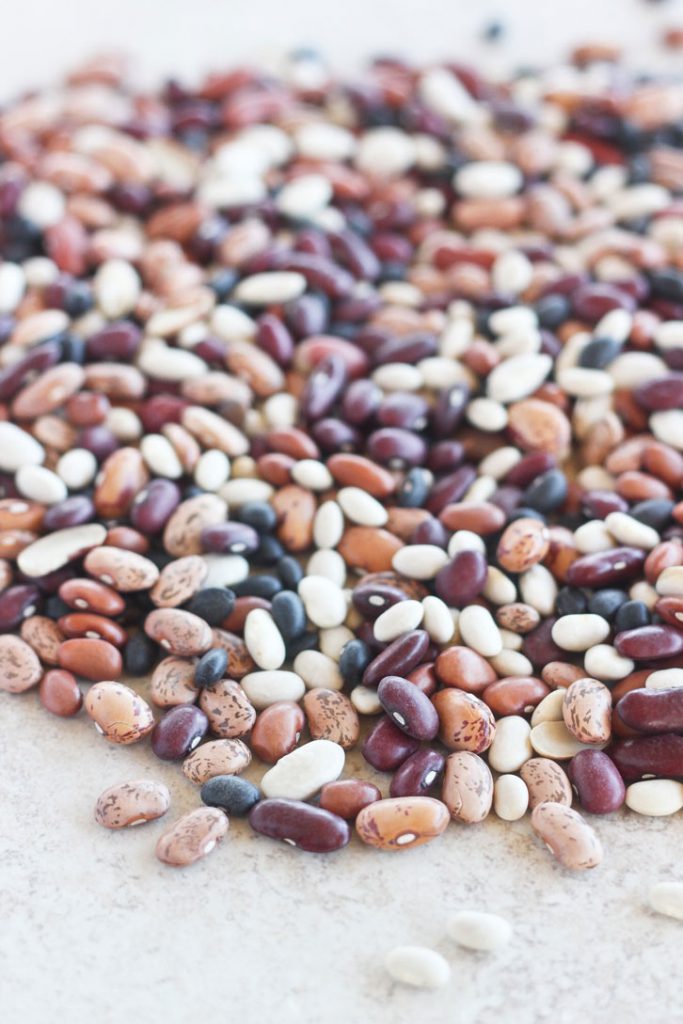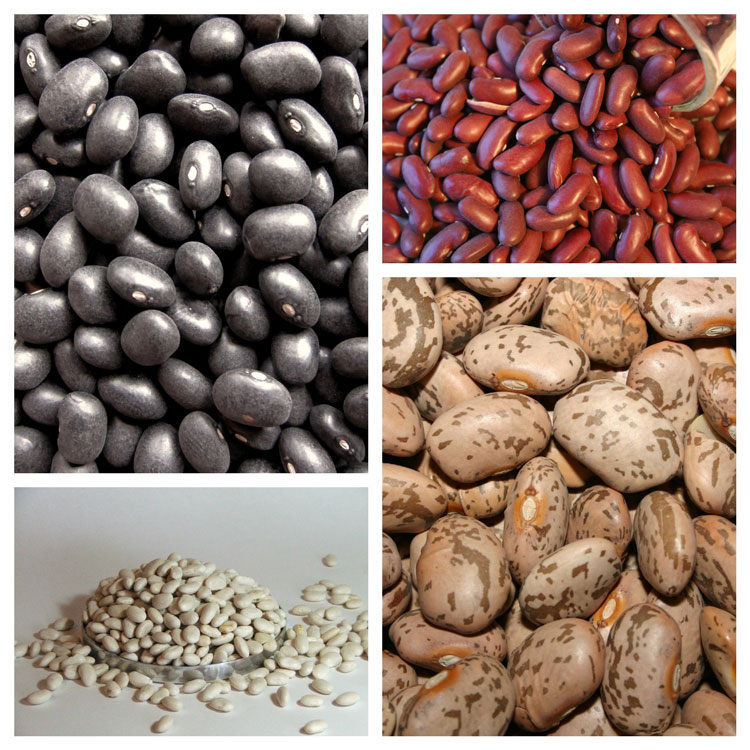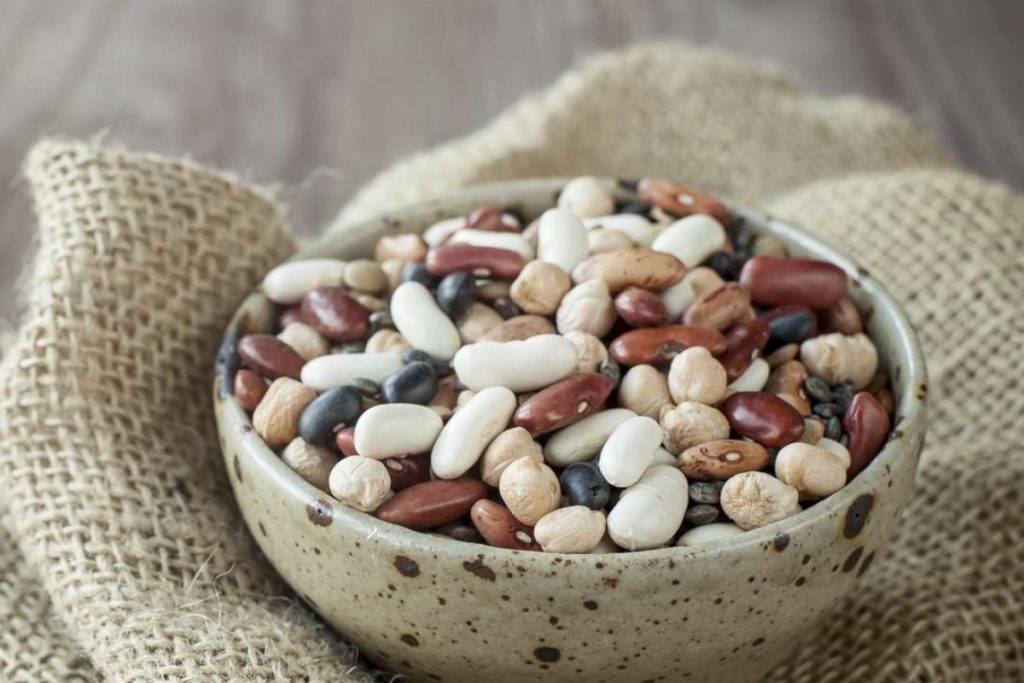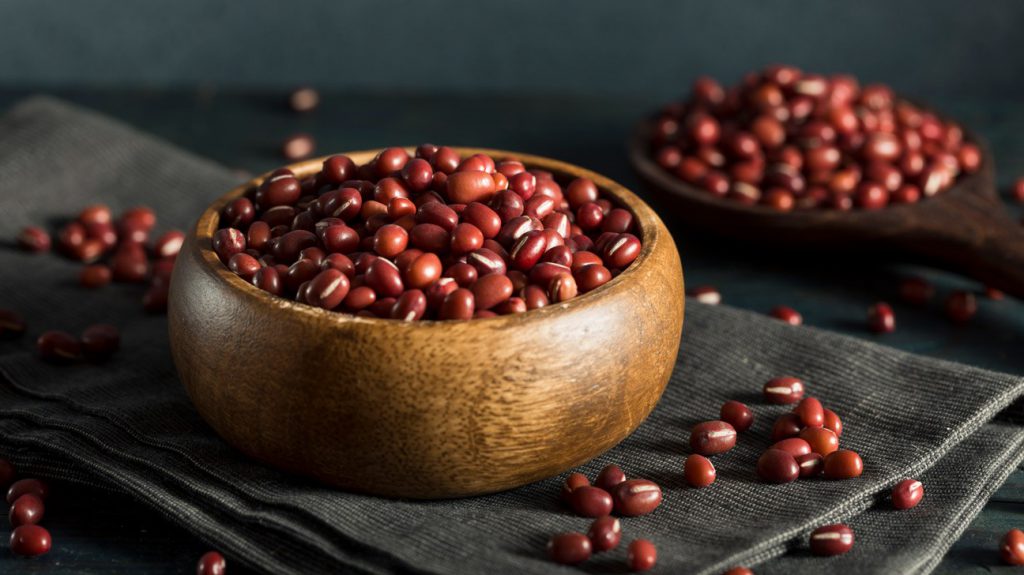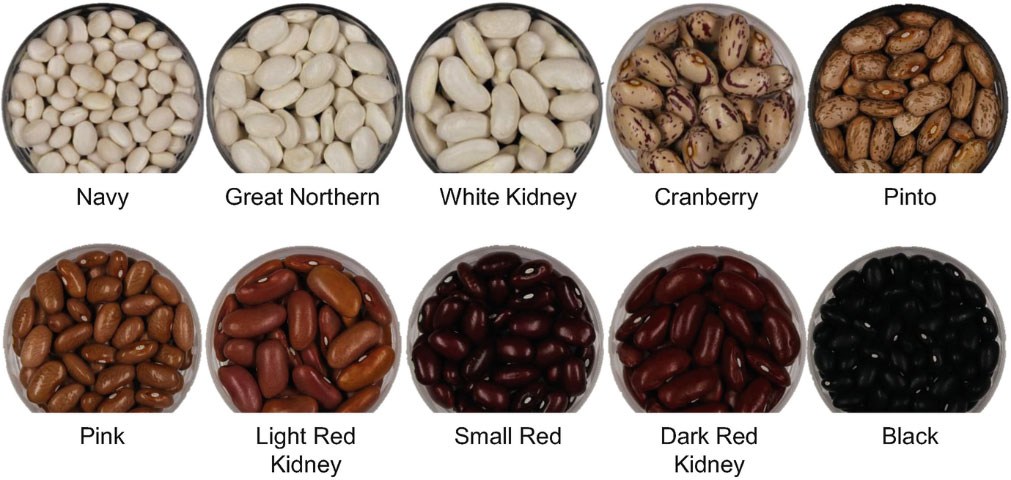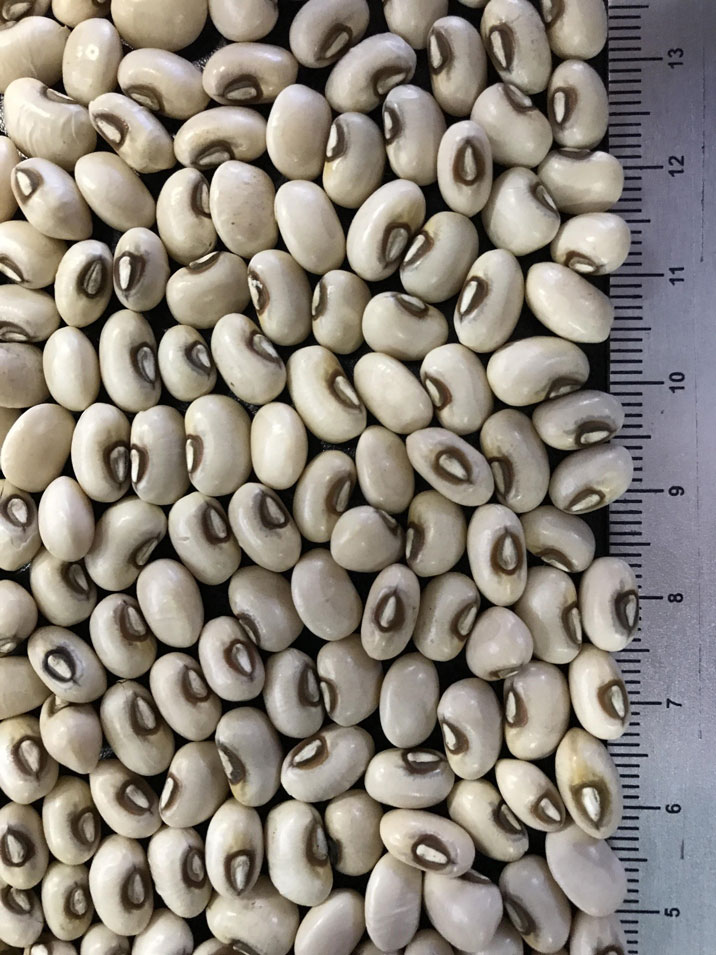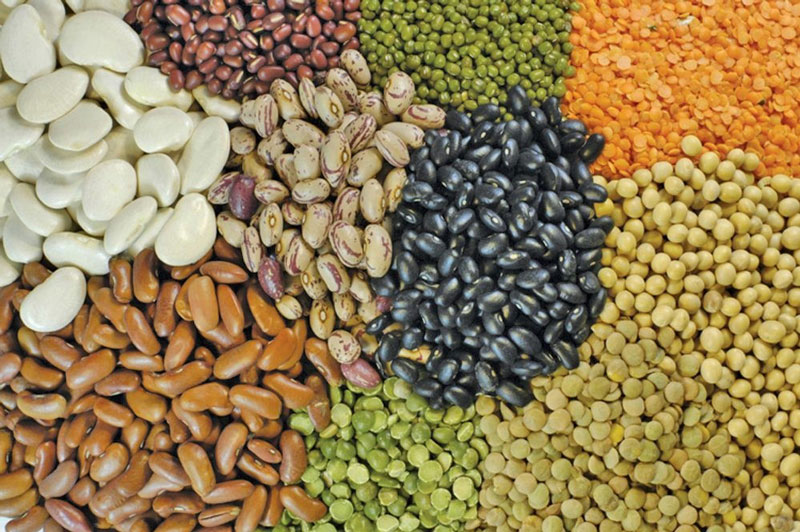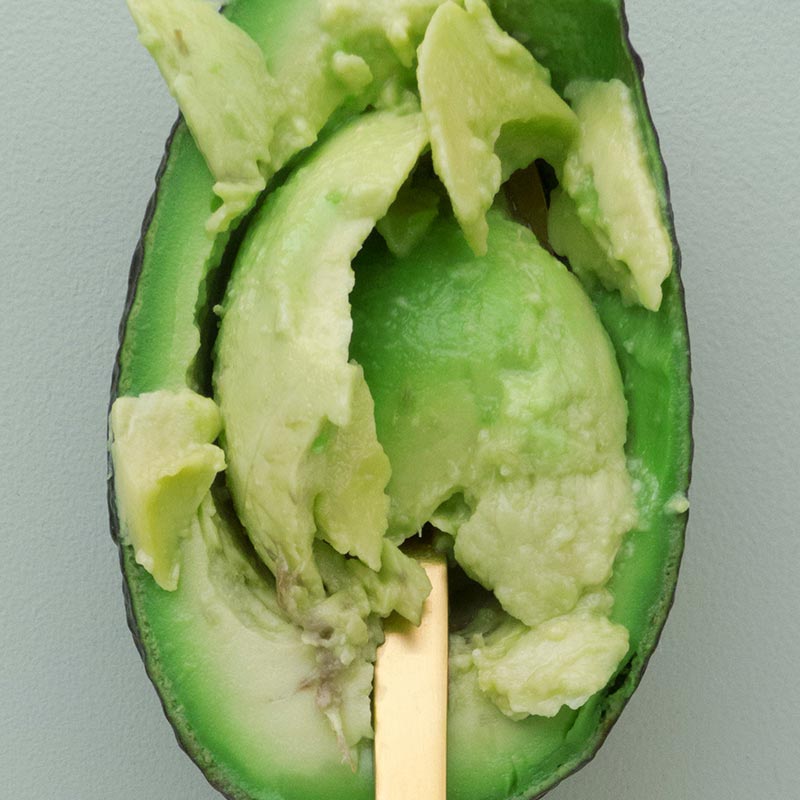Dry bean producers practice crop rotation on most fields to alleviate disease problems associated with monocropping systems. There are numerous benefits to crop rotations, both direct and indirect:
- They reduce disease, insect and weed problems;
- they aid in maintenance of organic matter and fertilit levels in soil;
- they regulate the use of soil nutrients throughout the soil profile; they distribute labor and machinery requirements over the seaseon; and
- they increase crop yield.
The length of the growing season, water availability, problem soils, profitable markets, and federal farm programs all combine to limit the choice of crops to be included in rotations with dry beans.
When selecting a rotation, the long-term viability of that rotation to reduce pest pressure, as well as its economic viability, must be considered. The following concerns require careful consideration to develop a successful bean crop rotation, especially in relation to previous crops:
- disease management
- insect management
- weed and volunteer crop control
- resistant weed management
- herbicide carryover
- soil nutrient management
- residue management
- seedbed preparation
- harvest and planting schedules
- frost risk
- economic return
- residual soil water
(From article by Stephen D. Miller, Drew Lyon, and Mark Brick)


